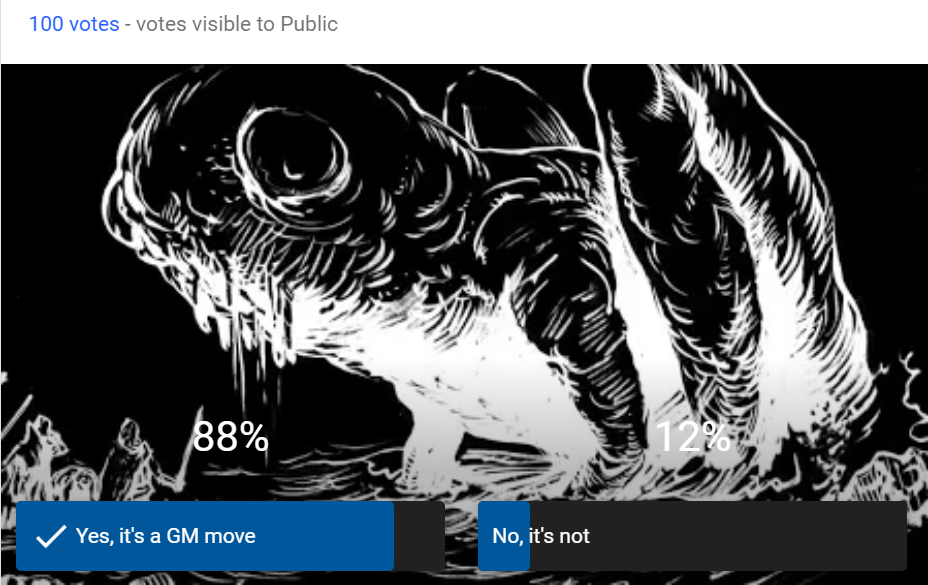I’ve been working lately on the GM side of Stonetop, trying to codify the things that I do (or wish I did) when I run the game. Here’s a stab at a worksheet for planning the first adventure.
In standard Dungeon World, you generally zip through character creation, swap some bonds, and start with a series of loaded questions that drops the PCs into an adventure. The first session is mostly figuring out what the hell that adventure is. Then, between sessions, the GM works up a front or two and fleshes the adventure out (or not… they might just wing it; I know I have).
But in Stonetop… you don’t want to do that. You start the first sessions making characters and the town they live in. You might get into some actual play, but often you’ll spend that whole first session introducing yourselves, completing introductions, and sketching out NPCs and threats and opportunities and relationships. Then the players roll Seasons Change for their first spring, make a choice or two, and that launches us into play.
The first adventure, then, usually happens on the 2nd session. I intend to include a bunch of adventure starters for quick play, but more often than not, I expect GMs to prep a custom first adventure. But the first adventure is a dicey thing. You want to start in the village and see it in play a bit, but then you want to draw them out into adventure before the whole thing devolves into a game of Apocalypse World or Smallville or whatever. But you still want to ask questions, leave blanks, etc. And you don’t want it to be a railroad.
I’ve got a whole chapter in the works, but I thought a worksheet might help. So I made this.
Problem is… it’s too small. I spent a couple hours today filling in the sheet, and even with my 8-pt handwriting (and a cramped hand), I found it too cramped.
Plus, a lot of the process involves ordering things… not easy to do in this format.
With that said, I’m happy with the steps and prompts. I’ve used this process a couple times now, and both times I’ve ended up with an adventure I’d be excited to run. So, I’m thinking that some sort of template in Word (or whatever word processor) would be more useful to most GMs.
Anyhow… you can at least get an idea of why my process looks like here, if you’re interested.
As always: feedback welcome and appreciated.


